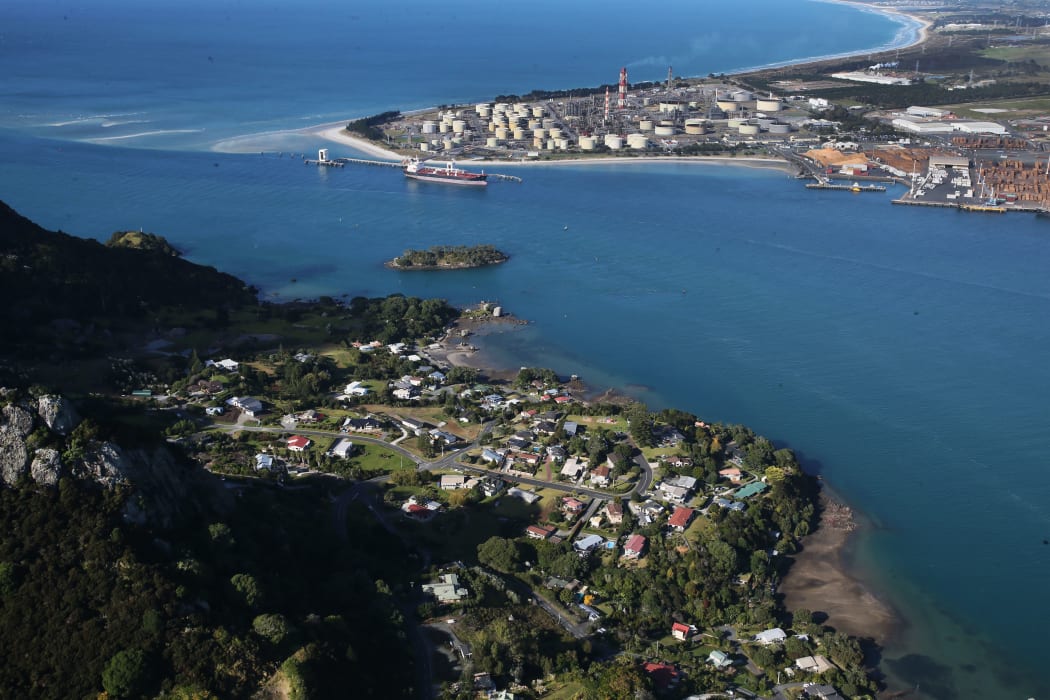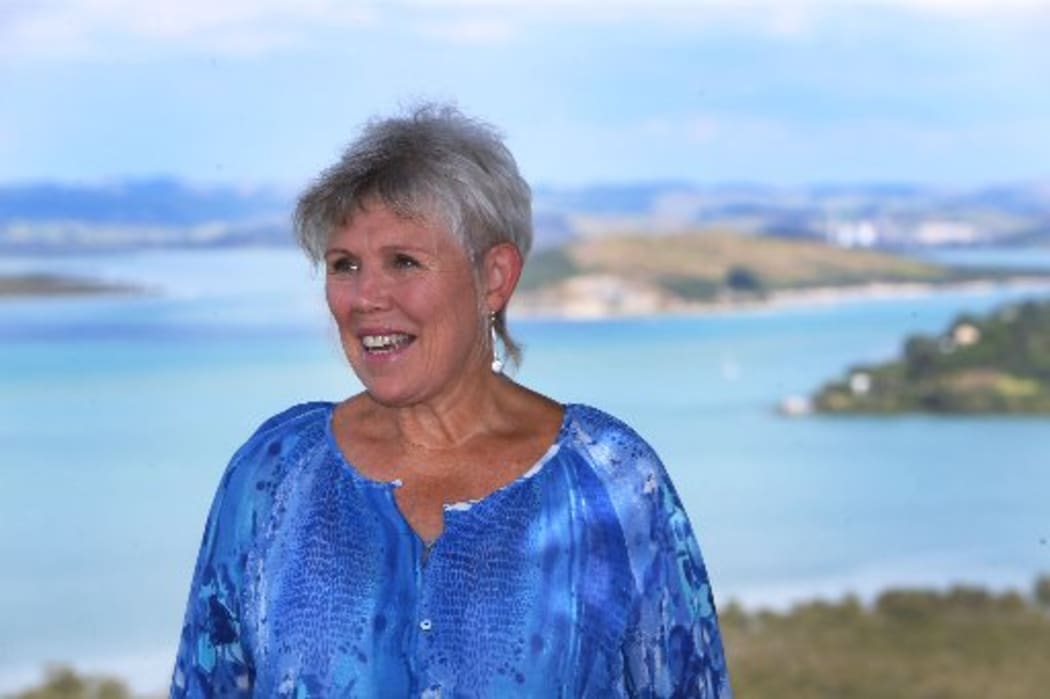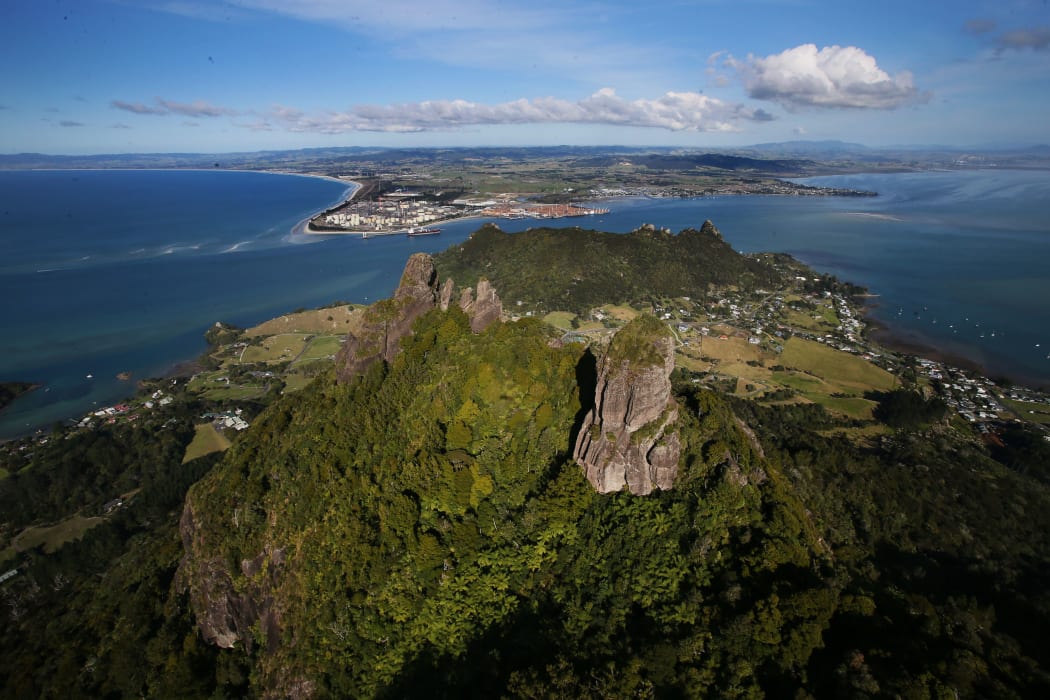Huge population growth for Whangārei is among key features addressed in the district's new 30-year growth strategy.

Whangārei Harbour's entranceway with Reotahi and Marsden Point. Photo: Northern Advocate / Tania Whyte
Whangārei District Council has formally adopted its new growth strategy with the district's population forecast to grow to 145,000 people by 2051 - a 45 percent increase.
The strategy seeks to manage growth, with strong bicultural relationships between the council and Māori, into a future with as many as 20,000 more houses, 200 hectares of new industrial land - and resulting increasing challenges protecting the district's natural assets as a result - all in a climate-challenged world.
Whangārei mayor Sheryl Mai said the strategy "Sustainable Futures - Kia Toitū ā Mua" provided a foundation for effectively managing district growth in the next three decades.
A rich natural environment, thriving economy and welcoming community had contributed to making Whangārei one of New Zealand's fastest-growing districts, she said.
Marsden Point/Ruakākā's growth topped forecast population increases and was predicted to treble - the area's current housing area was dwarfed by significant future development increasing its existing footprint by 200 percent.
Waipū's population was expected to increase by 118 percent, its footprint more than trebling with new future development earmarked to the settlement's south-west, north-west and north-east. Intensification was also highlighted for some of the settlement's existing area.
Infill housing and redevelopment intensification as earmarked for the city centre, including Kensington, Regent and Morningside, to provide housing for a forecast 14 percent population increase for central Whangārei.
"It is our responsibility to ensure that our infrastructure, housing, transport and economy are planned with this growth in mind, allowing our district to provide a sustainable future for us all," Mai said.

Whangārei mayor Sheryl Mai. Photo: Northern Advocate / Tania Whyte
Thirteen hundred community submissions were part of the three-year process of creating the new strategy, which can be viewed at the [www.wdc.govt.nz/GrowthStrategy. council's website].
Whangārei's population is expected to reach 100,000 for the first time this year. Urban fringe communities and coastal settlements are experiencing the highest population growth.
Whangārei's position as the northernmost city in New Zealand's inter-regional upper North Island was a key driver for the district's future growth, the strategy said. Fifty-four percent of New Zealand's population now lived across Waikato, Bay of Plenty, Auckland and Northland. Significant growth was putting pressure on the environment, housing, infrastructure and space across this bulging-at-the-seams upper North Island.
Four parts of the district have been earmarked as high growth into the next 30 years - Marsden Point/ Ruakākā, Kamo, Tikipunga and Whangārei city. Housing for these areas was mostly forecast to come from new areas significantly increasing their footprints. Housing growth for Whangārei city was forecast to come from infill housing and redevelopment is the across suburbs including Ōtangarei, Kensington, Mairtown, Regent and the Avenues.

Mount Manaia with the Marsden Point oil refinery at the entrance to Whangārei Harbour in the background. Photo: Northern Advocate / Tania Whyte
Six parts of the district have been identified as moderate growth areas - Waipū, Hikurangi, Maunu, Ōtāika, Ōnerāhi and Pārua Bay.
These growth locations would focus development across the district.
The large number of New Zealanders shifting to Whangārei district was forecast to continue.
"If our district can preserve its attractive natural environment and relatively affordable housing while improving incomes and labour force participation, then it is likely to experience sustained growth, principally by attracting New Zealanders from other regions," the strategy said.
As many as 20,000 new homes were expected to be required to house the massive population growth.
Papakāinga development was seen as a particular option for Māori housing provision.
This development type also potentially included community, education and recreational facilities, places of assembly and industrial and commercial activities - all directly associated with its communal nature and function.
There were about 11,000 hectares of Māori-owned land in Whangārei district, the biggest areas around rural Pipiwai and Pakotai. Coastal Māori-owned land includes around Whangaruru, Ōakura, Ngunguru and Takahiwai.
The strategy said about 33 percent of the district's population identified as Māori, with the four areas of highest Whangārei percentages of Māori in Whangārei being Otangarei (78 percent), Tarewa (65 percent), Raumanga (60 percent) and Hikurangi (52 percent) compared with 18 percent nationally.
Northport expansion, the $240 million dry dock, relocation of the New Zealand Royal Navy base from Devonport to Whangārei, improved rail infrastructure for the region's forecast 28 percent increase in freight volumes to 23 million tonnes by 2042 were four large scale projects the strategy focused on to support the district's future.
The Auckland to Northland corridor was seen as a major influence on Whangārei's future growth.
Big growth came with increasing pressure on the beaches and natural environment that were key drivers for the increasing numbers of people moving to the district.
WDC councillor Anna Murphy said growth created a paradox.
"How do we manage our growth and also protect our natural capital," Murphy said.
The strategy said care needed to be taken with considering the environment.
Coastal and rural areas were already facing more pressures as a result of development and climate change risks. Inappropriate subdivision and development and associated vegetation clearance and/or earthworks threatened the sensitive environment.
More than 200 hectares of industrial land was expected to be needed to support district growth. Whangārei's port at Marsden Point and adjacent industrial and business land offered significant future growth opportunity, particularly as port activity expanded.
Nine strategic drivers guide Whangārei's new growth strategy:
- Sustained growth and development
- Successful economy
- Housing needs
- Changing climate and natural hazards
- Resilient infrastructure
- Transport choices
- Natural environment
- Projects supporting prosperity
- Community resilience

Local Democracy Reporting is a public interest news service supported by RNZ, the News Publishers' Association and NZ On Air.

